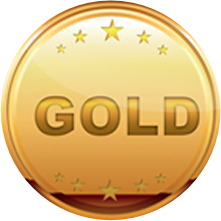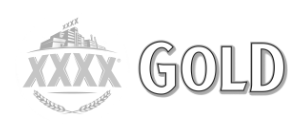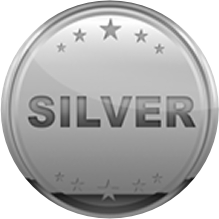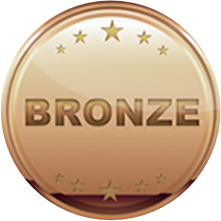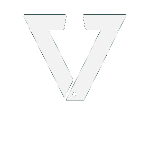SLS History
The history of Surf Lifesaving
Surf Life Saving in Australia came about through the efforts of people who defied the law! To explain, at the start of the last century, people had the view that the human body in a bathing costume was indecent. Hence the law stipulated that bathing was prohibited during daylight. Also, genders were segregated whilst bathing.
The origin of Surf Life Saving can be traced back to the actions of Mr William Gocher, at Manly Beach in September 1902. Similar actions by others who defied the law by bathing during the prohibited time (daylight hours) forced the laws to be changed. The now very popular recreational and sporting pastime, surfing, began to grow into what it is today – part of the Australian way of life.
As surf bathing grew rapidly in popularity, its dangers equally rapidly became apparent and a small group of experienced and regular surfers formed lifesaving clubs to assist those who needed rescuing from an unfamiliar environment. As these clubs grew in size and number, the need arose for collaboration to raise funds and to improve lifesaving techniques. This resulted in the formation of the New South Wales Surf Bathing Association in 1907. This was later renamed Surf Life Saving Australia.
History of the Red and Yellow
The red and yellow flag was initially used with great success in World War I, particularly by ships. When flying at full mast this flag indicated “man overboard” and all friendly ships in the vicinity immediately commenced search procedures.
On 25th April 1915, the red and yellow flag was hoisted to symbolise mateship on the shores of Gallipoli. In order to ensure that the ANZACS could easily recognise friend from foe, the red and yellow flag was used to signal a safe haven for their own.
Upon returning from overseas service, Australian soldiers saw the need, in the early 1920s, to establish a universal sign to indicate safe swimming areas on Australian beaches. The red and yellow was adopted as that sign on Australian beaches at the instigation of these men who saw the flag as a representation of the years of mateship, service and above all, a duty to protect others.
The red and yellow flags have become an Australian icon, representing a culture founded on the need to be a true mate and put others first.
The red and yellow cap derives from the red and yellow flag and ensures that Lifesavers are easily identifiable by the public, thereby providing beach goers with the same security they enjoy when they see the flags flying.
Support Coolum Surf Club
Not ready to become part of Coolum Surf Club but still want to help?
It takes a lot of money to run a surf lifesaving club; from the equipment needed on the beach (vehicles, boards, IRBs, first aid kits, defibrillators etc) to administration and training to facilitate patrolling.
So if you can't join us, support us through one of the following options.
Coolum Beach SLSC Nippers
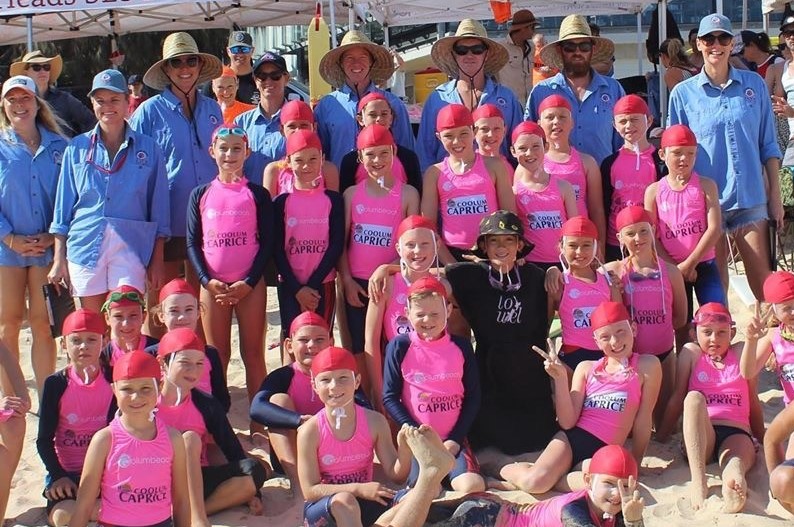
Does your child want to become a Nipper?
Looking for a fun summer sport where your kids will learn essential surf safety skills, gain confidence in the ocean, and meet new friends?
Coolum Nippers is the answer! Nippers run from the September school holidays to February/March and is open to kids from 5 to 12 yrs.
Not only will they learn surf safety and what surf lifesaving is all about, but also have the opportunity to compete in carnivals and have mid-week training to improve their skills.

